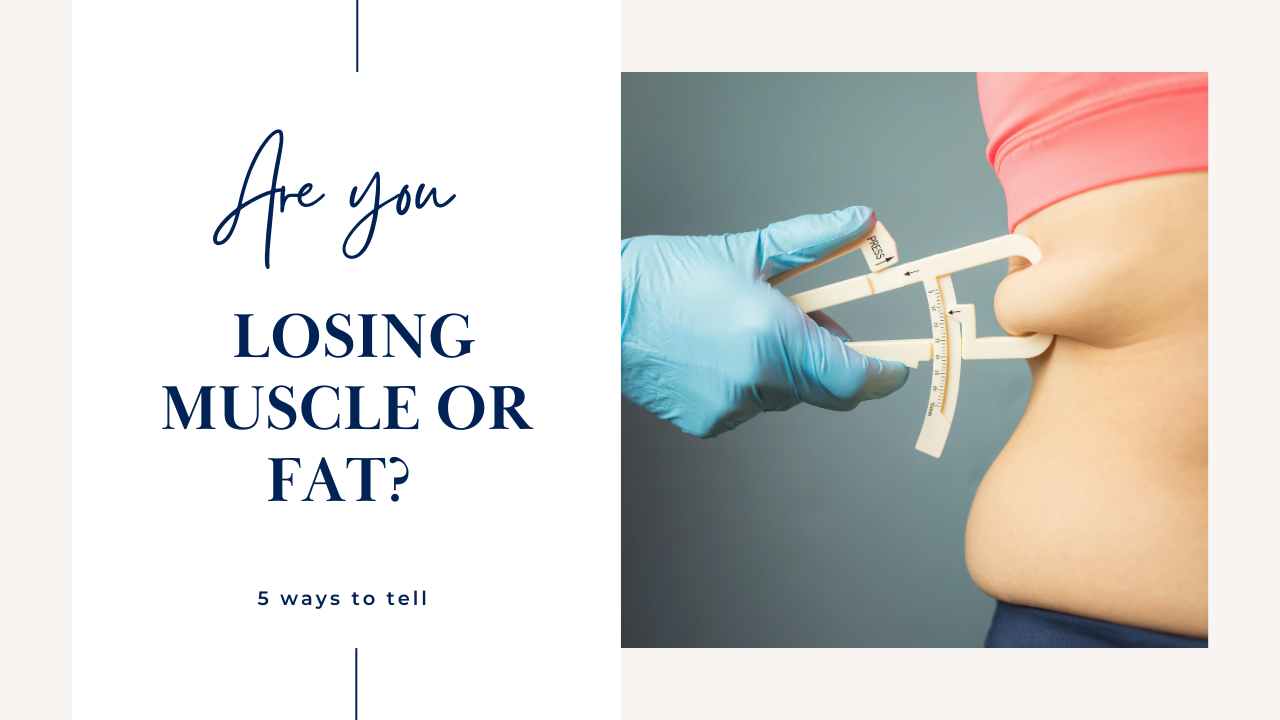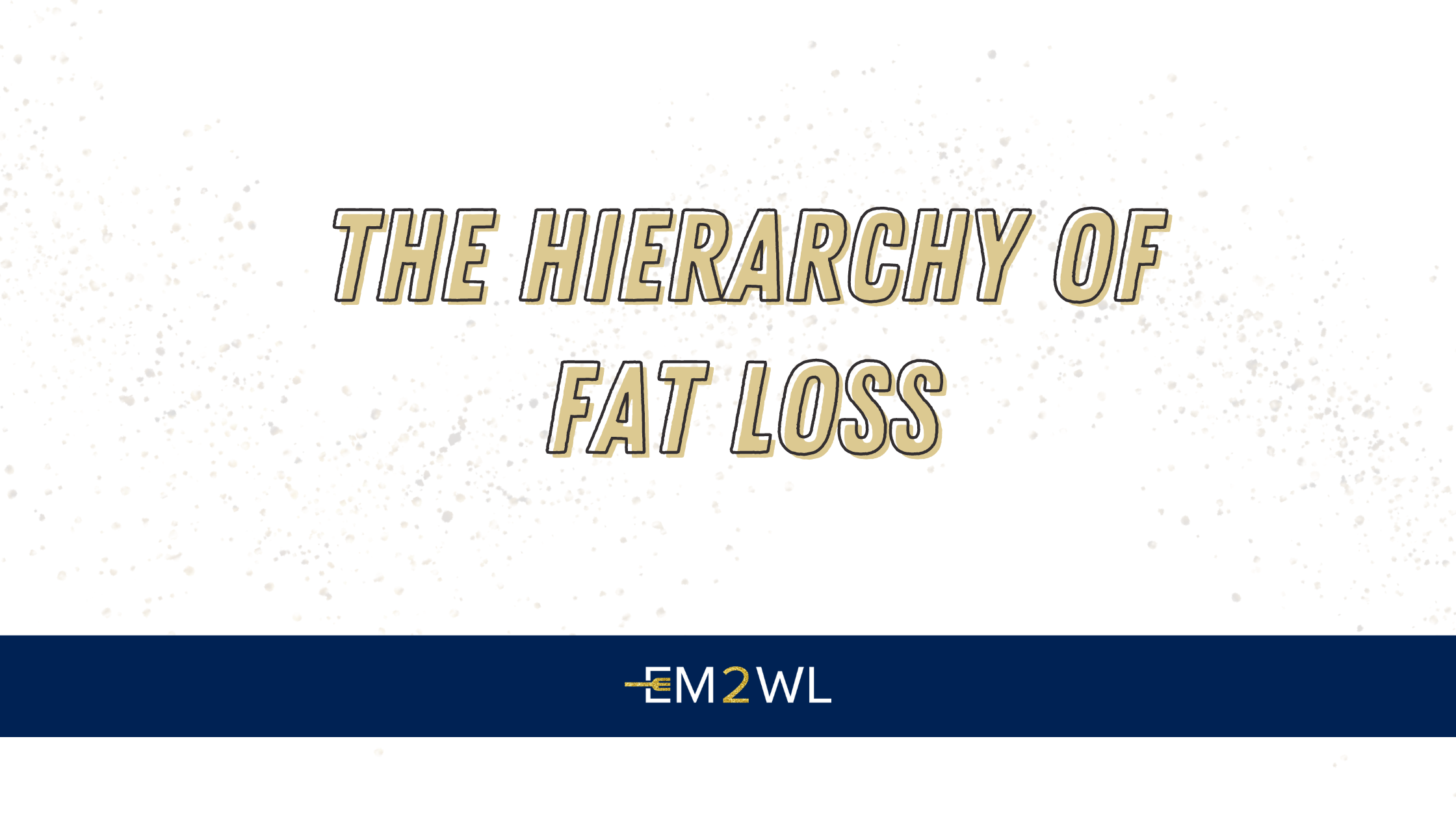Can muscle turn into fat (or vice versa)? Technically…no. But it can sometimes look like it. This illusion is precisely why most women spend less than 5% of their weight loss efforts trying to build muscle, and over 95% (spinning their wheels!) trying to tone it. Today, we’re setting the record straight about why this simply isn’t possible and how having outdated beliefs about muscle and fat being interchangeable ends up causing more problems for 40+ women than it provides solutions… (full video below)
Understanding Body Composition
Before we dive into the myth, let’s take a moment to understand the characteristics of muscle and fat. Muscle tissue is composed of protein filaments and is responsible for movement, strength, and endurance. On the other hand, fat tissue serves as an energy storage depot, storing excess calories in the form of triglycerides.
The Distinct Nature of Each
Each cell is distinct in their composition and function. Muscle cells contract to produce force, allowing movement, while fat cells store energy as triglycerides. These two tissues have different structures, purposes, and metabolic activities, making it impossible for muscle to transform into fat or vice versa.
Weight Loss and Changes in Body Composition
During weight loss, it’s common to experience changes in muscle mass and fat stores. However, it’s crucial to understand that these processes are separate and not interconvertible. A calorie deficit can lead to overall weight loss, but if not managed properly, it can result in loss of muscle and potential gain in bodyfat. Proper nutrition, exercise, and a balanced approach to weight loss are key to preserving lean body mass while reducing fat.
Factors Influencing Muscle Loss and Bodyfat Gain
Several factors can contribute to muscle loss and fat gain. Inadequate protein intake, lack of strength training exercises, and prolonged calorie deficits can lead to muscle breakdown. On the other hand, excess calorie intake, reduced physical activity, and an imbalanced diet can contribute to fat gain. By addressing these factors, we can maintain muscle mass and promote a healthier body composition.
Preserving Muscle and Reducing Bodyfat
To preserve lean body mass and reduce bodyfat effectively, it’s important to adopt specific strategies. Engaging in regular strength training exercises helps to maintain and build muscle mass. Consuming an adequate amount of protein is crucial for muscle growth and repair. It’s also essential to create a moderate calorie deficit that supports fat loss while minimizing muscle loss. Finding a sustainable approach to nutrition and exercise is key to achieving long-term success.
Conclusion: Muscle cannot turn into fat, and fat cannot turn into muscle. They are distinct tissues with different structures and functions. By debunking this myth, we aim to empower individuals to make informed decisions about their fat loss journey. Remember, preserving muscle mass, reducing bodyfat, and achieving a balanced body composition require a combination of proper nutrition, regular exercise, and a sustainable approach.
Discover more from Eat More 2 Weigh Less
Subscribe to get the latest posts sent to your email.





Recent Comments